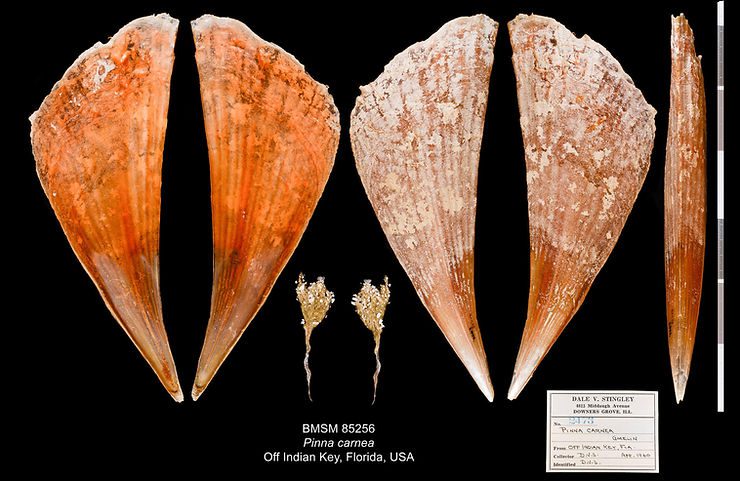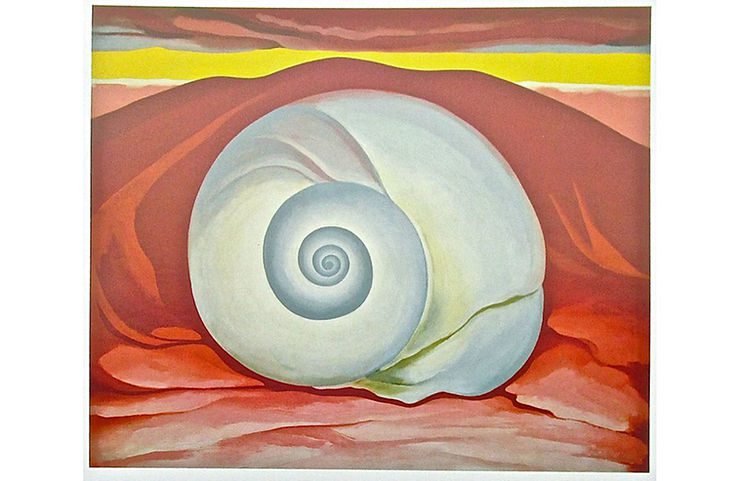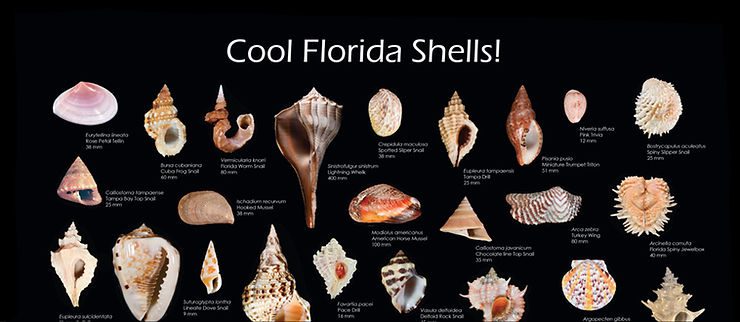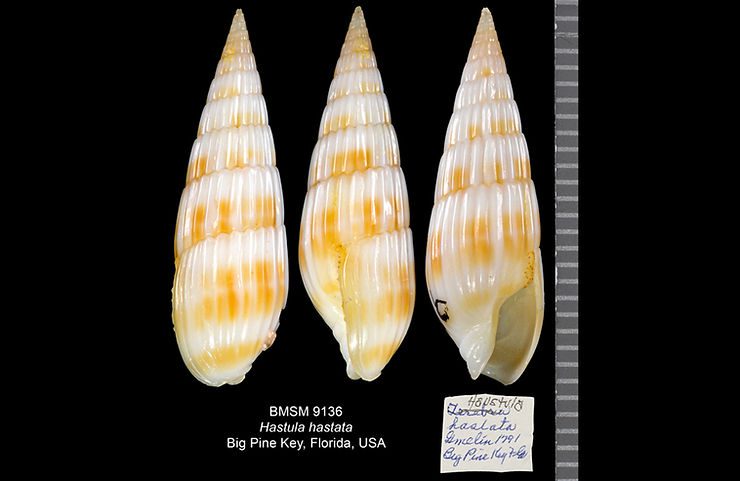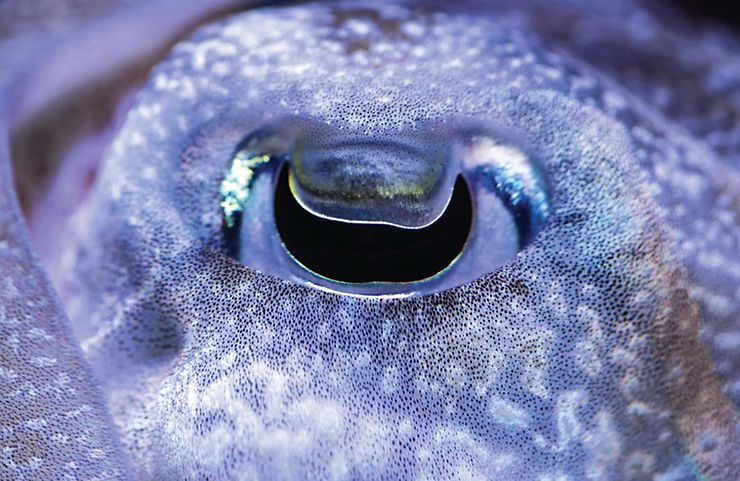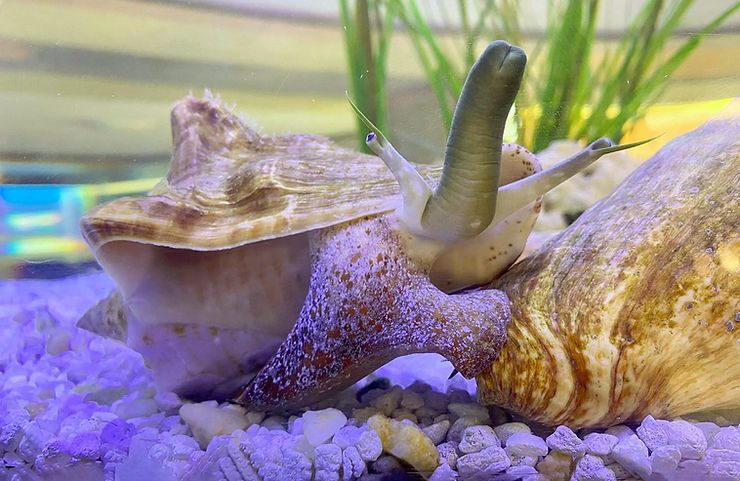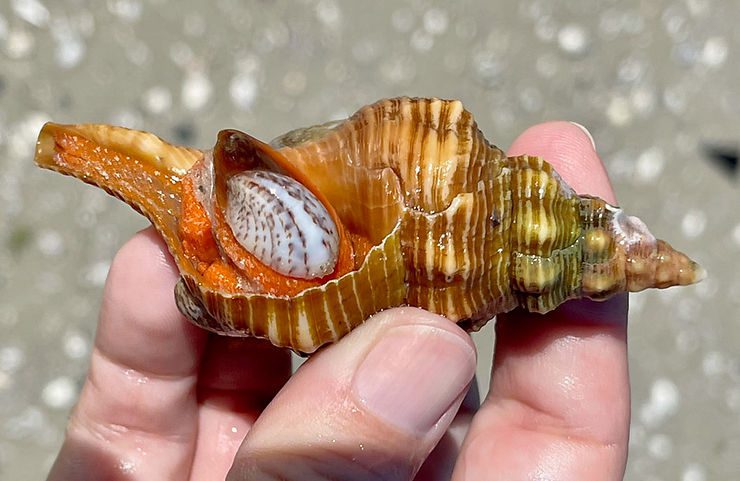
The Fearless Slipper Snail
Is that Spotted Slipper Snail safe piggybacking on the operculum of a young Horse Conch? When feeding, the conch extends out of its shell. Consequently, the operculum will be on the opposite end of the head (and mouth), as that hard structure is permanently attached onto the rear part of the foot. So, in spite of the alluring “smells” emanating from the slipper snail, it’d be virtually impossible for the conch to reach back and eat it, as long as the latter remains attached. And, in that sweet s

